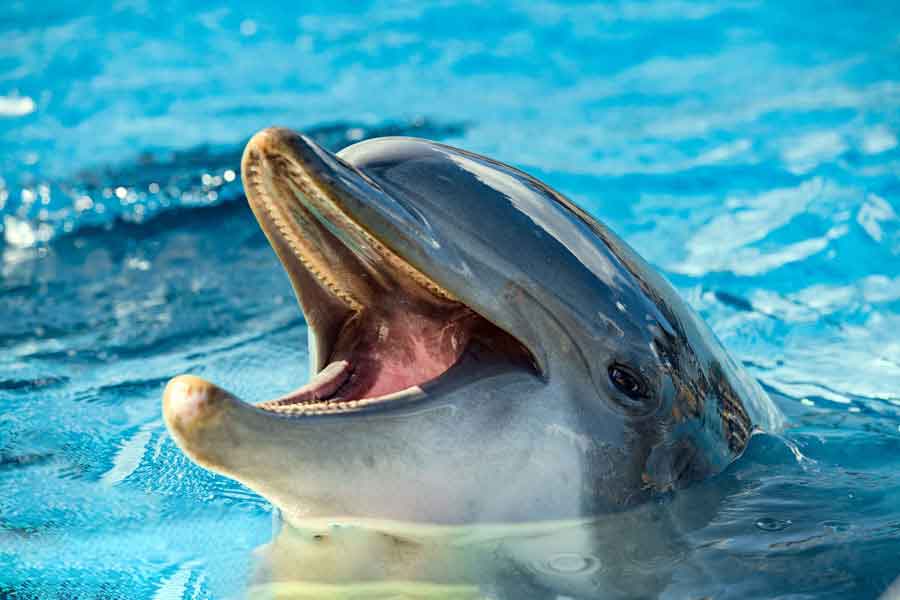
For many years, humans have been trying to interpret the sounds of dolphins, convinced that their varied repertoire of chirps, whistles, grunts, clicks, trills, and moans must signify something much deeper than a simple call or an alert to imminent danger. We now know that a single click from a dolphin contains more information than a human sentence, yet we are still unable to decipher it.
Numerous similar experiments have shown that these intelligent mammals can exchange important information with each other. On several occasions, two dolphins living in captivity were placed in separate pools connected by a channel of water that prevented them from seeing each other but allowed them to hear. One of the dolphins was then trained to activate a complex system of pistons to obtain food. Almost immediately, the untrained dolphin managed to obtain food by activating a similar mechanism in its own enclosure. Despite the presence of different pistons, the dolphin consistently chose the correct one. Throughout the entire time, the dolphins had been emitting sounds that undoubtedly meant something important.
Studies conducted with orcas, which are also dolphins despite their appearance, have demonstrated that different resident families from various regions around the world even use distinct and unique «languages» to the extent that the origin of a captured orca can be determined by the emission of its particular sounds.
An efficient communication system implies the possibility of learning, a type of learning that is much more complex than simple imitation. After all, it was communication and the use of a fluent language that set humans apart from other animals. Intelligence would have been of no use if experiences couldn’t be transmitted from generation to generation. Considering that dolphins have much more developed brains than humans and have inhabited our planet millions of years before we learned to speak, the ability to communicate with them could lead to a tremendous surprise.
I refuse to believe that such a sophisticated communication system used by obviously intelligent animals only means «there are sardines in that direction» or «beware of that shark.» There exists an intangible frontier between dolphins and us, a frontier of misunderstanding, an abyss of ignorance, the need to know what they know and we do not. However, I tremble at the thought of what humans would do with that information.
«One cannot defend what one does not love, and one cannot love what one does not know.»

